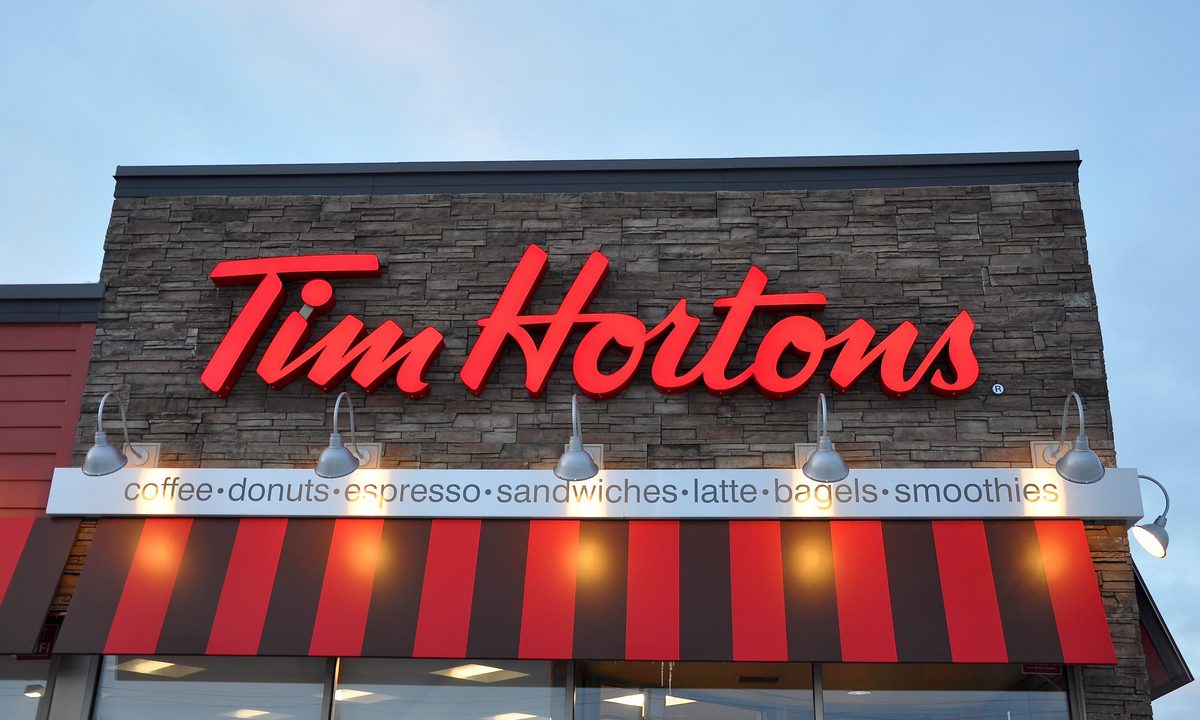

As of its most recent quarter, following the June announcement of the launch of Popeyes Rewards, Restaurant Brands International (RBI), the parent company of major quick-service restaurant (QSR) chains Burger King, Tim Hortons, and Popeyes, now has loyalty programs for all of its brands in their home markets. The company rolled out its Royal Perks Burger King program nationwide during the quarter, while Tim Hortons’ Tims Rewards has been live for years.
“We’re in the early innings with our loyalty programs at Burger King and Popeyes, and we continue to see great progress, which we think will be a big unlock, to help us on our journey towards building a strong and growing digital sales base,” CEO José Cil told analysts on a call. Regarding Royal Perks, he later added, “We continue to prioritize driving program enrollment, as we know that, in addition to providing us with valuable data and insights, loyalty members typically show higher spending and frequency as compared to non-members.”
With the help of these loyalty programs, RBI grew its digital sales 60 percent year over year in the second quarter of 2021. For Tim Hortons, rewards members made up over three quarters of all digital sales. PYMNTS research from the July-August edition of our Delivering On Restaurant Rewards report, created in collaboration with Paytronix, finds that almost six in 10 QSR customers would like to interact with loyalty programs through a restaurant’s mobile app, that 8 in 10 consider the availability of free food when deciding whether to sign up for loyalty programs, and about three quarters would like to be rewarded for the amount they spend at a given QSR chain.
RBI is not only looking to digital technologies to drive digital ordering and incentivize frequent spending — it is also looking at ways to create an omni-channel experience in restaurants. CFO Matt Dunnigan noted “tremendous opportunity” in the long-term, “especially as we grow our digital business and integrate that into the restaurant experience both in-store as well as off-premise.” He specified that the company is looking at restaurant models that would drive a higher return on investment, including more restaurants with drive-thrus and double-lane drive-thrus.
“We think there’s an opportunity to drive increased capacity and throughput in our drive-thrus and integrating technology therein,” he said.
He highlighted Burger King’s data-personalized digital signage as one of the ways the company is optimizing the experience with leading technologies and pointed out that the company’s other two restaurant brands are in earlier stages of their digital and off-premises ordering transformation than the burger chain.
RBI aims to have its digital menu boards in at least 10,000 restaurant locations by the middle of 2022, with a goal to have these boards at most Tim Hortons drive-thrus in Canada before the end of this year. Data from the PYMNTS and American Express Digitizing Restaurant Payments report indicate that 57 percent of top-performing restaurants offer the ability to pick up orders at the drive-thru, compared to just 16 percent of bottom performers, suggesting that these kinds of investments in drive-thru technology can make a significant difference in helping a restaurant chain pull ahead of competitors.